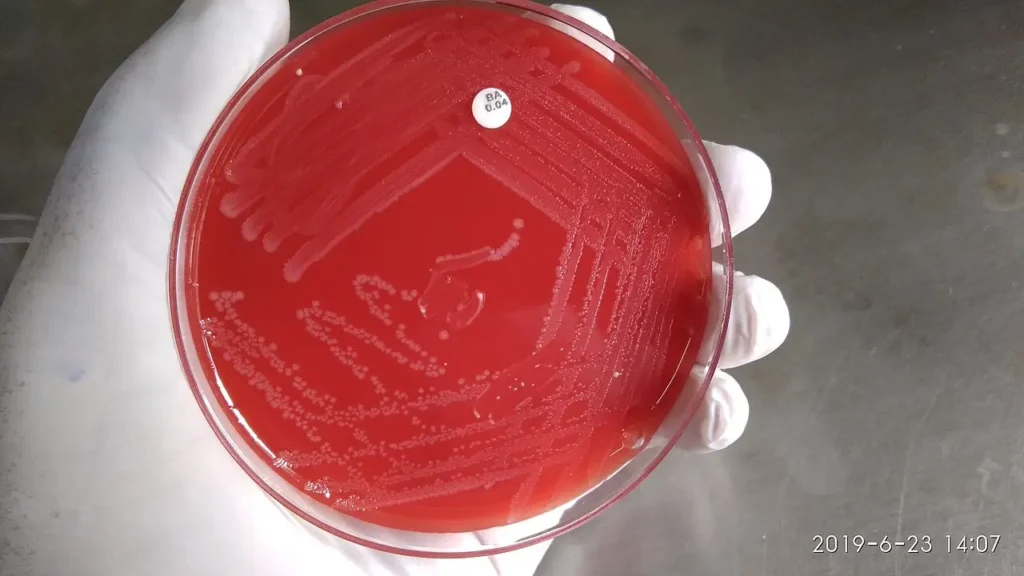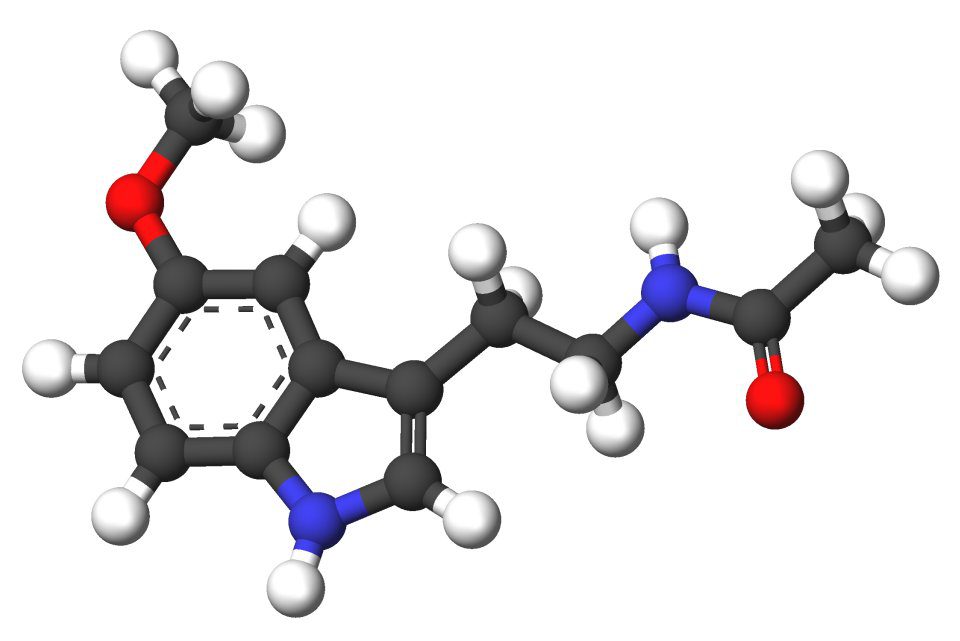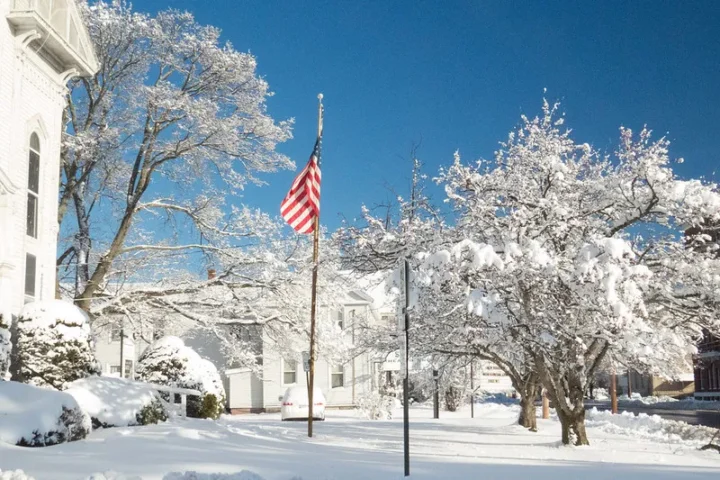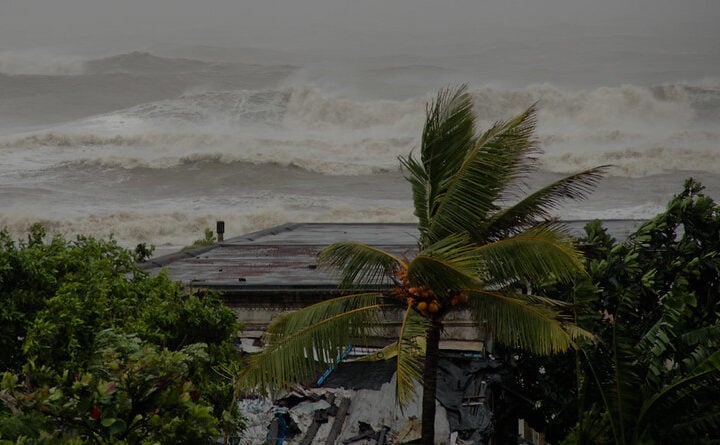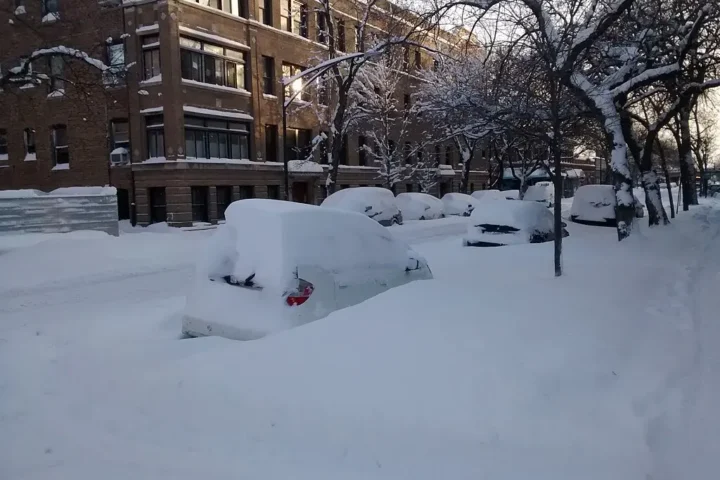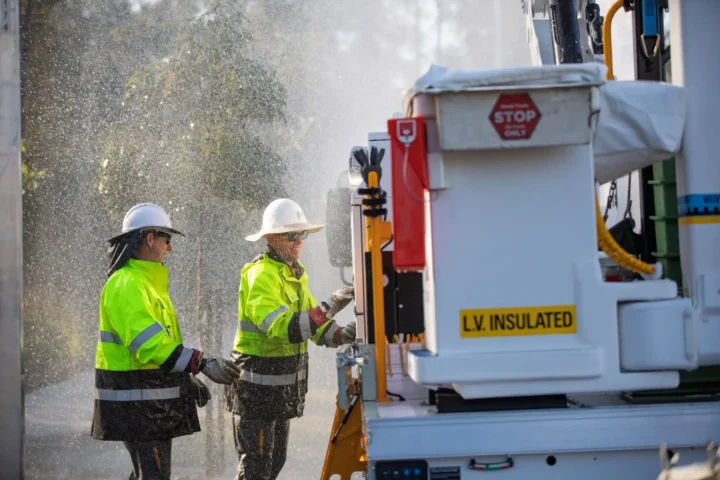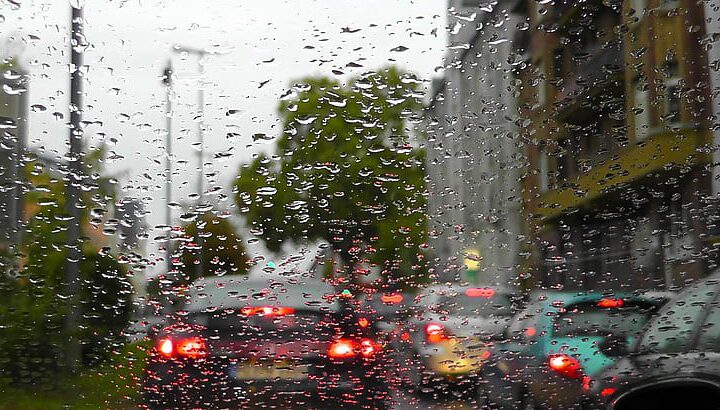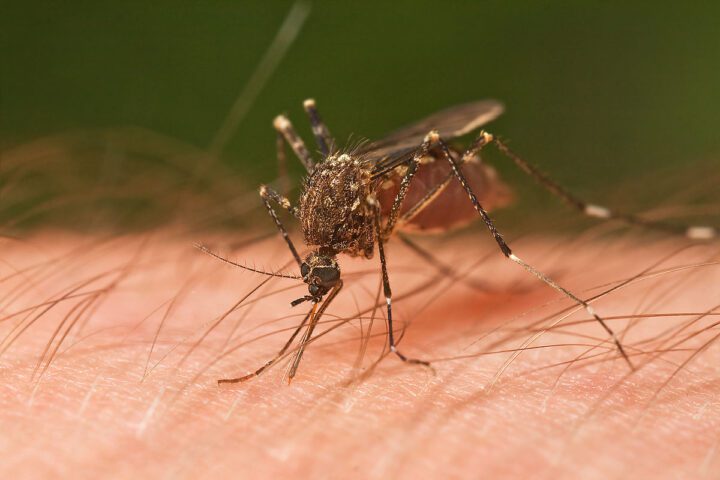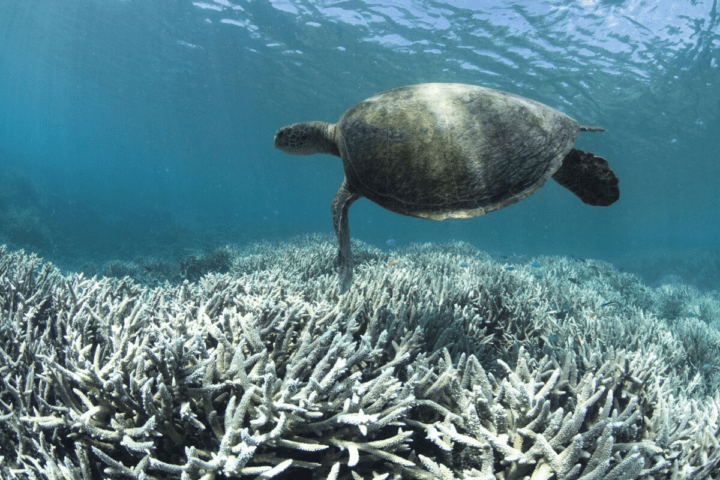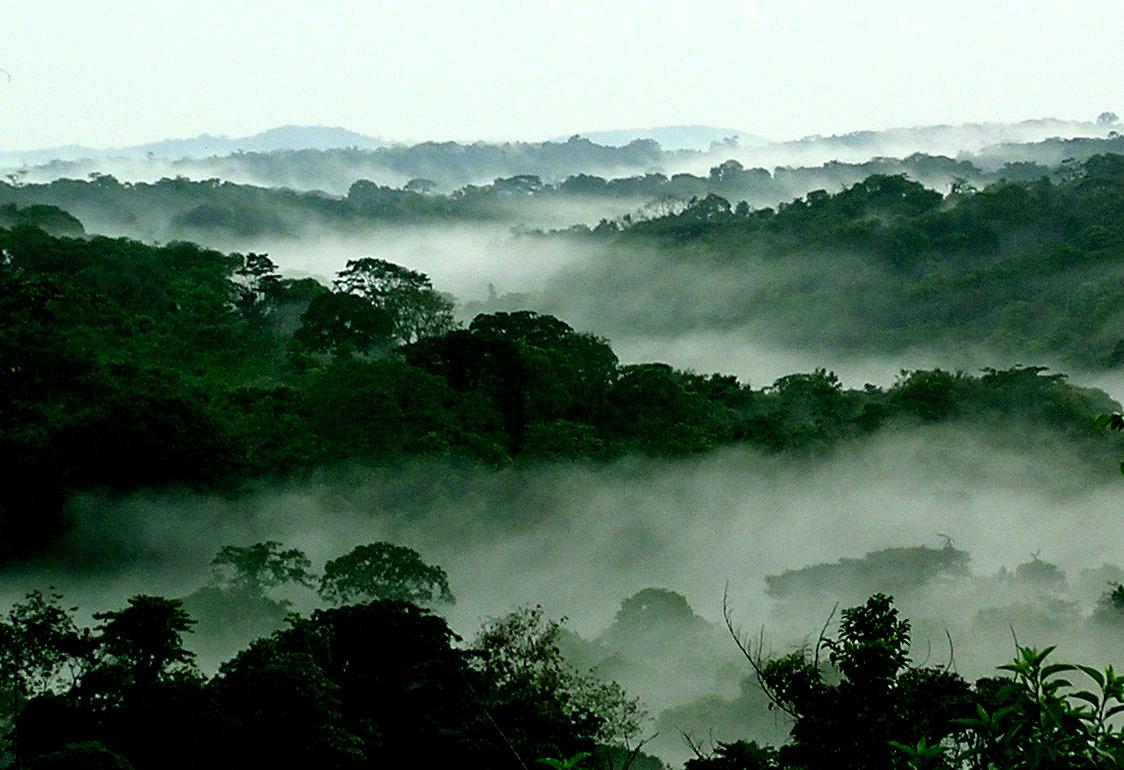
Earth’s Natural Carbon Storage Has Peaked and Is Now Declining
The planet is losing its appetite for mopping up carbon dioxide. Analysis of atmospheric carbon dioxide measurements shows that Earth’s plants and soils reached peak carbon dioxide sequestration in 2008 and absorption has been declining ever since. This tipping point increases the chances of runaway climate breakdown. Plants and trees have had it good for the last century or so. Rising levels of carbon dioxide helped spur growth and warmer temperatures gave rise to longer growing seasons. But at some point these benefits started to be outweighed by the negatives of a warming climate: wildfires, drought, storms, floods, the spread of new pests and diseases, and plant heat stress all reduce the amount of carbon dioxide that plants absorb.
The Numbers Behind the Decline
Data from the Mauna Loa Observatory reveals the stark reality of declining natural carbon sequestration
Professor James Curran, the former chief executive of the Scottish Environment Protection Agency, said analysis of global atmospheric concentrations of greenhouse gases suggests the planet’s ability to absorb ever-increasing emissions may have reached “peak carbon.” If action is not taken to reverse the trend, damage to the environment could see carbon sinks turn into large-scale emitters in the next 30 or 40 years.
Theoretical projections produced for the United Nations Intergovernmental Panel on Climate Change had previously suggested the earth could continue to soak up carbon dioxide until around 2030, but would become a net emitter around the turn of the next century. The findings are stark: emissions now need to fall by 0.3% per year, just to stand still. That’s a tall order since they typically increase by 1.2% per year.
Sequestration Growth vs. Current Decline
How Earth’s carbon absorption evolved from the 1960s to today
Most of the Earth’s land mass is in the Northern Hemisphere and, during the northern summer, the abundant vegetation of the north absorbs a huge amount of CO₂ from the atmosphere. In the northern winter, some of this CO₂ is released back into the atmosphere through the natural biodegradation of dead vegetation but a portion remains locked in roots, soil and dormant woody matter. The overall curve of CO₂ concentrations still rises year-on-year, owing to additional emissions from human activity.
The scale of this reduction in capacity can be equated to adding another emitter on the scale of China into the global inventory. The current atmospheric increment of +2.5ppm CO₂ per year would have been +1.9ppm CO₂, if the biosphere had maintained its 1960s growth rate.
The Timeline of Carbon Sequestration
From growth in the 1960s to decline today
The Reversal: From Growth to Decline
Understanding the magnitude of change in Earth’s carbon cycle
Professor Curran noted there was a widespread belief that sequestration was still increasing but would begin to decline at some point in the future, whereas data showed the fall was already underway. It is known that increasing CO₂ in the atmosphere acts like a plant fertilizer, while a warming world also allows vegetation to grow more rapidly and easily, particularly in the extensive chilly northern latitudes of Canada and Russia. Satellite observations are reported as seeing the Earth becoming “greener” as vegetation spreads. However, that simple assumption is countered by all the other effects which can kick in including damage to vegetative growth by excessive heat, drought, floods, wind damage, wildfires, desertification and potentially wider spread of plant pests and diseases.
Emissions Gap Calculator
Explore how declining sequestration affects emission reduction targets over time
This percentage reduction is needed annually just to compensate for declining natural sequestration, on top of reductions required to combat climate change.
The cumulative amount of CO₂ that must be reduced annually to compensate for declining natural carbon absorption by Earth’s ecosystems.
Urgent Actions Required
Steps needed to rebuild biodiversity and ecosystem carbon sequestration services
Stop Deforestation
Deforestation must stop immediately. Forests are critical carbon sinks that take centuries to rebuild once destroyed, and their loss accelerates the decline in natural sequestration.
Prevent Forest Fires
Forest fires must be prevented. Fires release stored carbon and destroy future sequestration capacity, contributing to the accelerating decline in natural carbon absorption.
Encourage Rewilding
Rewilding must be encouraged. Larger, connected habitats are more resilient and offer enhanced ecosystem services including improved carbon sequestration capacity.
Phase Out Fossil Fuels
Fossil fuels must be phased out rapidly. Reducing emissions is now more critical than ever as natural sinks decline and can no longer offset human-generated CO₂ at previous rates.
Defragment Habitats
For large-scale habitats, which are more resilient and offer enhanced ecosystem services, defragmentation must be prioritized to restore natural carbon storage capacity.
Circular Economy
Timber and fiber products must be reused for as long as possible, as part of a wider circular economy. Keeping carbon locked in materials extends storage duration.
Study Summary
The study published in the Royal Meteorological Society’s journal Weather analyzed data from the Mauna Loa Observatory in Hawaii. Professor James Curran, a Visiting Professor at Strathclyde’s Centre for Sustainable Development, and Dr. Sam Curran found that natural sequestration levels peaked in 2008 after decades of growth. The decline began then and continues today at 0.25% annually. Human emissions typically increase by around 1.2% per year, requiring emissions to fall by 0.3% annually just to compensate for declining natural absorption. The researchers note that while CO₂ fertilization and warming initially helped vegetation growth, the negative effects of excessive heat, drought, floods, wildfires, desertification and spreading plant diseases now outweigh those benefits. Data from the observatory sited on Mauna Loa volcano provided the measurements for this analysis. The research was detailed in the March 2025 press release by the University of Strathclyde. The study was co-authored by James C. Curran and Samuel A. Curran and published in January 2025.

